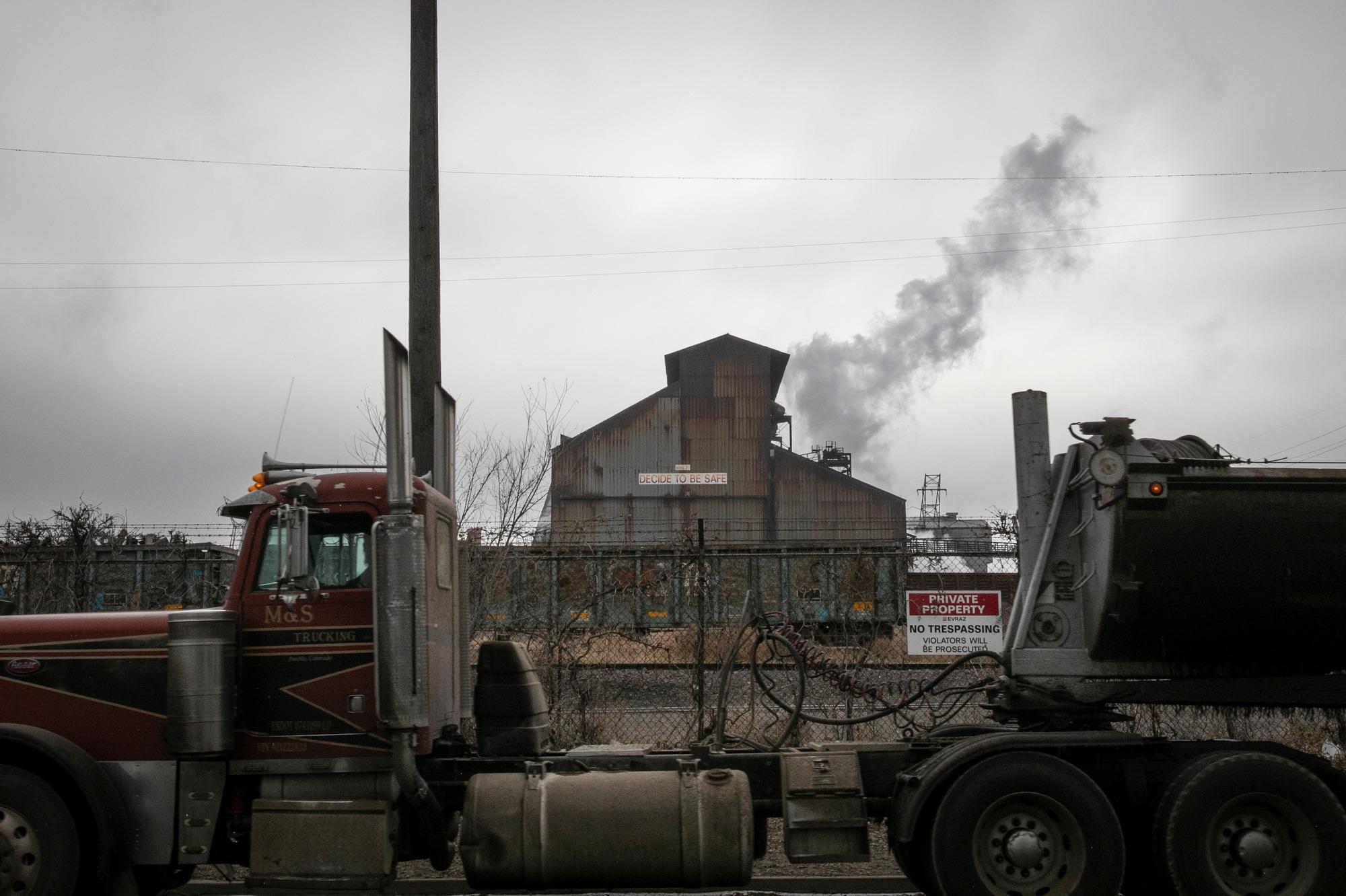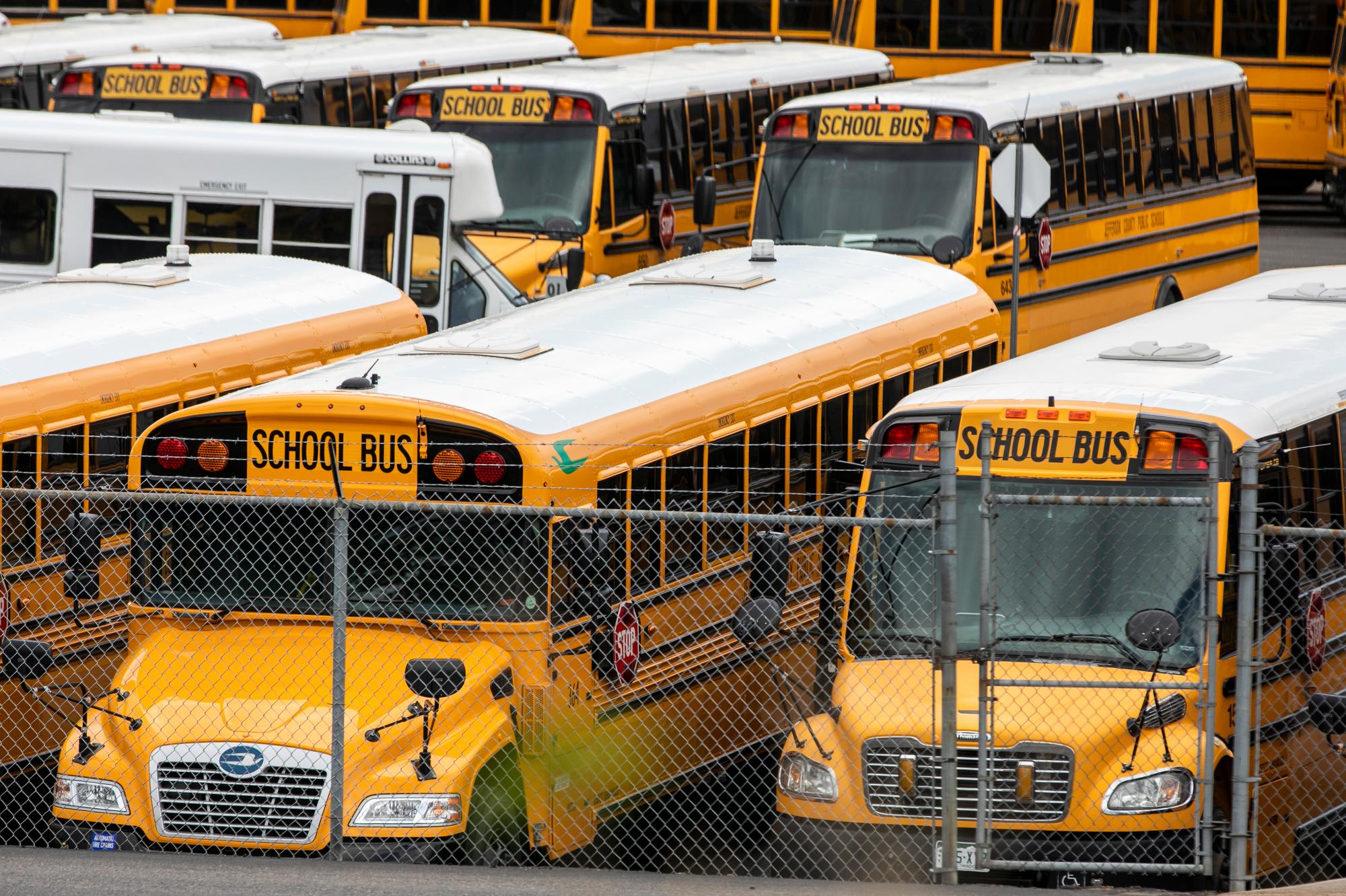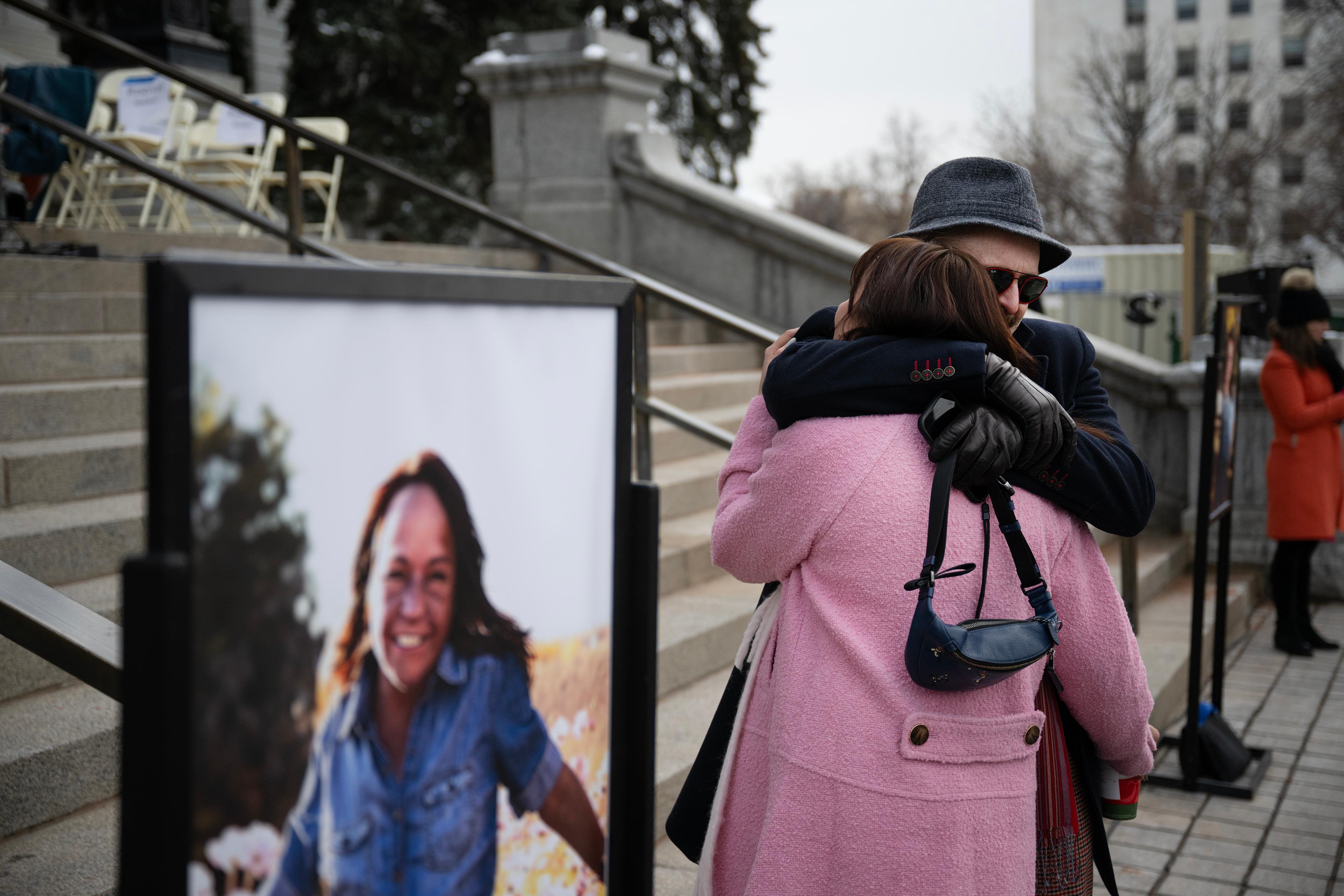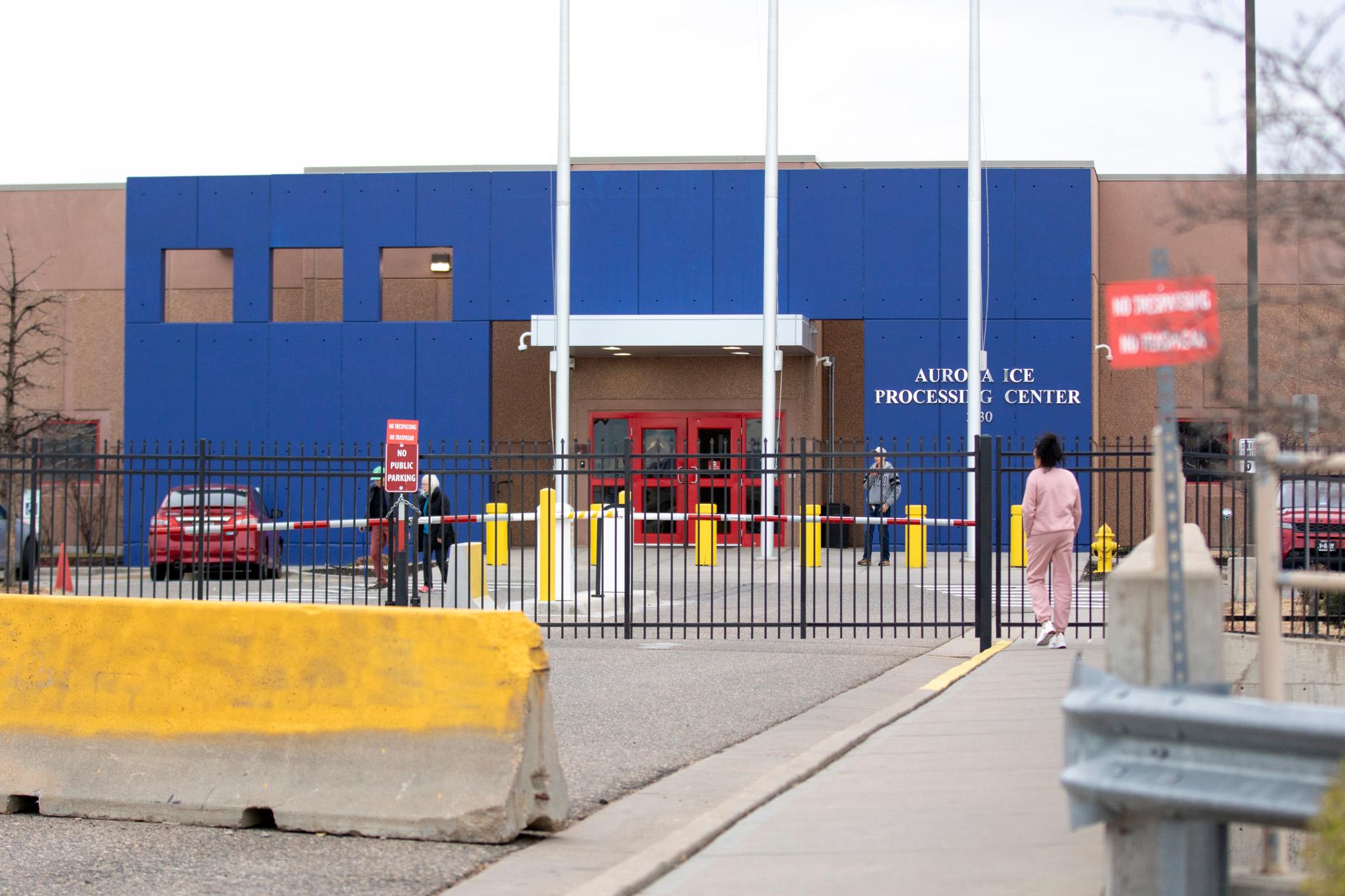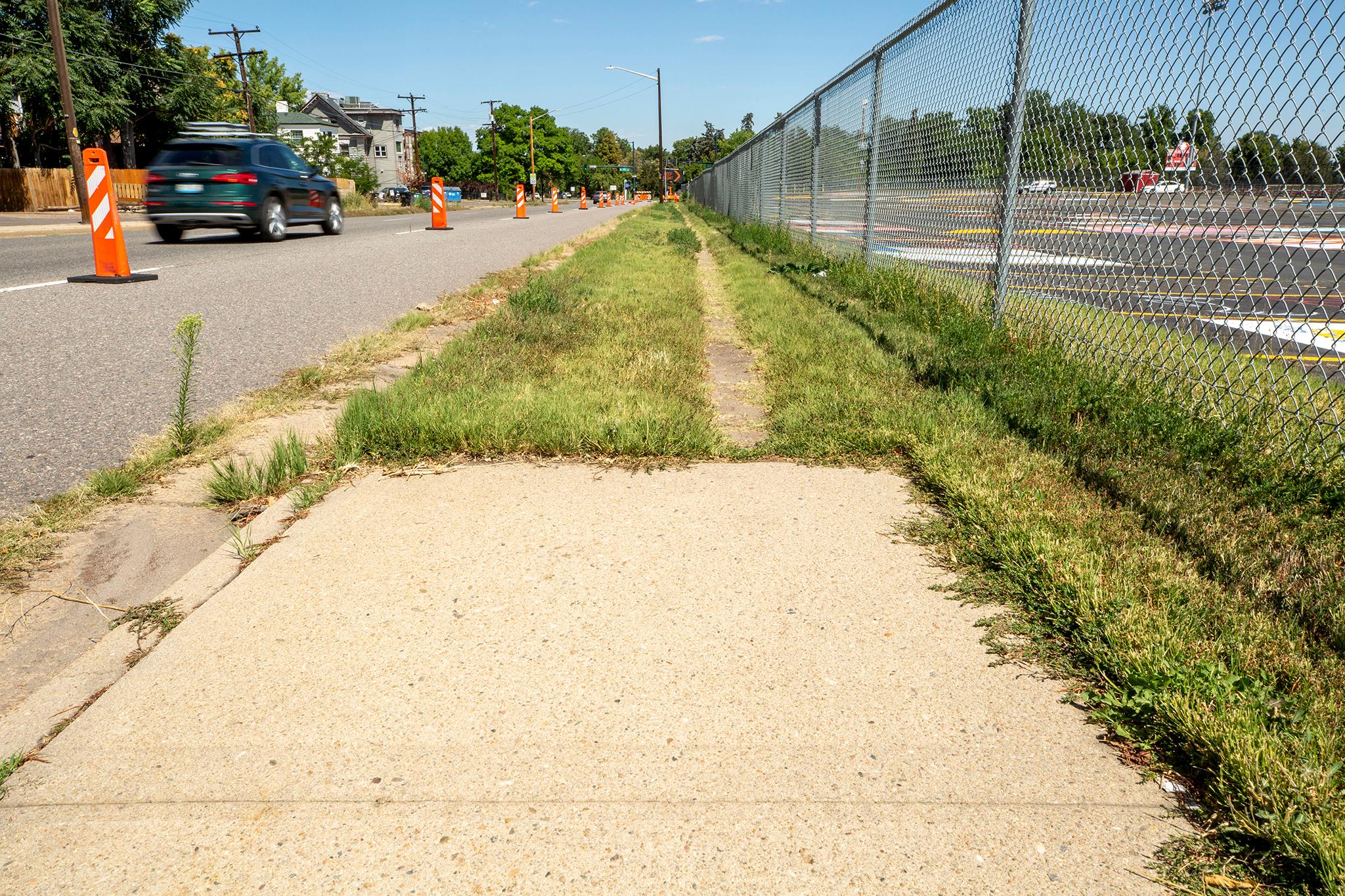
For more than a year, we’ve been hearing a lot from lawmakers and officials about funding coming to Colorado from the bipartisan infrastructure bill, officially known as the Infrastructure Investment and Jobs Act.
But as Coloradans wait for those dollars to turn into new projects, many wonder what the real impact will be for the state. And it’s prompted some questions to CPR’s Colorado Wonders project, like why aren’t we seeing improvements already — like, say filling those pesky potholes? And how much money will the Western Slope get?
To get these answers, we need to go back to where it all started.
What does the law do?
The Infrastructure Investment and Jobs Act was passed by Congress and signed into law by President Joe Biden in November 2021. (While it was bipartisan in Washington, D.C., the Colorado delegation split along party lines. The state’s Democrats voted for the bill, while Republicans voted no.)
The bill reauthorized the Surface Transportation Act for five years, which includes funding for highway programs. On top of that, it had $550 billion in new infrastructure spending, including an additional $110 billion for traditional infrastructure like roads and bridges, $66 billion for rail, $39 billion for public transit, $65 billion for broadband, $55 billion for clean drinking water, and more.
So far, more than $3 billion from the law have been announced for Colorado, according to the White House, with more than a billion actually awarded over the last two years.
“The ultimate goal is progress. We want people to feel that their future is better, that they have something they can look forward to,” said Sen. John Hickenlooper. He was part of the bipartisan group of senators that negotiated the bill.
And as Hickenlooper explained it, that money is for all sorts of infrastructure projects, both big and small, traditional and more modern — such as broadband, electric vehicles, climate resilience, and clean drinking water.
“I think some people traditionally think of infrastructure as only roads and bridges. But a fish passage is infrastructure,” said Winne Stachelberg, the Interior Department’s infrastructure coordinator. “Plugging and sealing orphaned oil and gas wells or abandoned mines, that's infrastructure too.”
She describes projects like these as “natural infrastructure,” including millions to shore up the landscapes of Colorado by restoring watersheds and building resilience after wildfires. “It's a broad definition of infrastructure that includes the natural infrastructure, not just built infrastructures.”
The money is coming in two main ways. The first is formula funding, which means each state gets a fixed portion of the dollars. The other is grant funding, which is something states and local governments compete for.
“The way we structured the bipartisan infrastructure bill was to deliver resources to states and to — as large an extent as possible — let them play the primary role in allocating and creating priorities,” Hickenlooper explained.
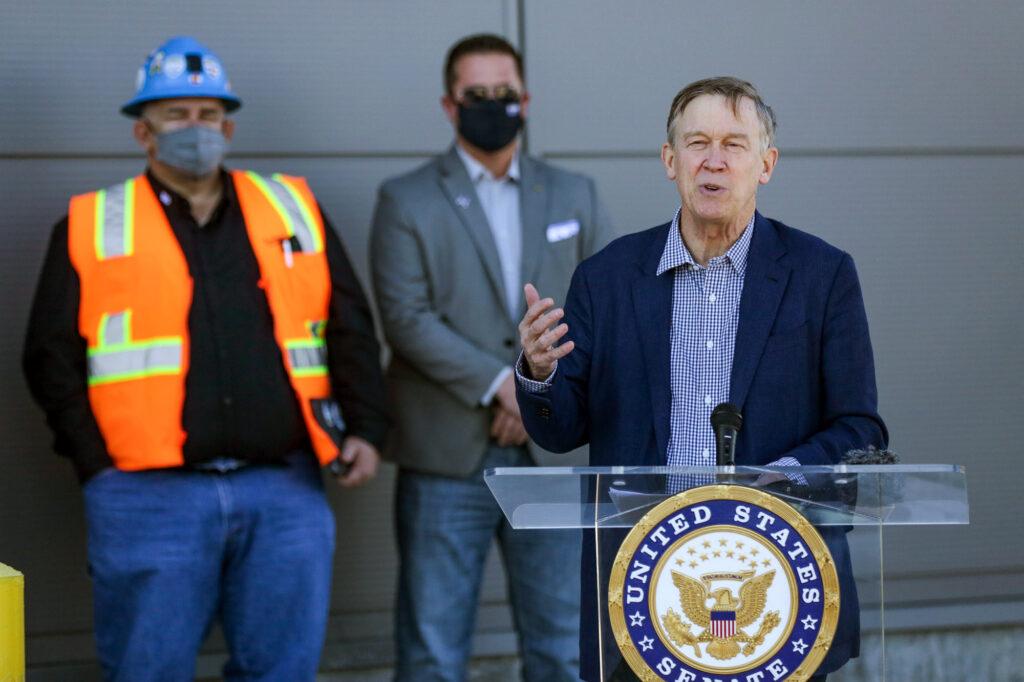
Colorado has eyes on the prize
“Our goal is to take advantage of every opportunity that becomes available to the state,” said Meridith Marshall, Colorado’s Infrastructure Coordinator. “We have eyes on every single program that we're interested in pursuing and how we can best take advantage of that opportunity.”
Part of Marshall’s job is coordinating with state and local officials, especially when it comes to grant funding, to make the strongest possible case.
Many see this infrastructure funding as a once-in-a-generation chance.
“We're shooting for as much as we can possibly get,” said Shoshana Lew, executive director for the Colorado Department of Transportation, with a laugh. “We're gonna shoot for the moon.”
In the first two years of the bill’s rollout, CDOT has gotten about $700 million annually, but the state is really eyeing the grant funding.
“What we're doing is really making our best effort with projects that are ready to go in the 10-year plan, to make the case to the federal partners why they need to give us competitive grants to get those projects done even faster,” she said.
The 10-year plan is a statewide list of priority transportation projects, such as I-70’s Floyd Hill project, which got a $100 million grant through the bipartisan infrastructure bill.
Dan Gibbs, executive director of the Colorado Department of Natural Resources, is focused on the natural infrastructure needs of the state “and the amount of money that it takes to really make sure that we are taking care of our lands for future generations.”
When it comes to Colorado forests, Gibbs said, “we know in the most critical locations in the state of Colorado that there's about a 700 million need for Colorado. But when you look at all of our lands, it’s about a couple billion dollars.”
He added that the state is expecting about $1.2 billion thus far for watersheds and water infrastructure.
One thing state officials all mentioned is that how the money is spent will be done through collaboration and conversations with local stakeholders.
As Gibbs explained it, many of the projects are coming from the ground up. “It's very localized, it's bubbling up from that local community and the state is becoming involved.”
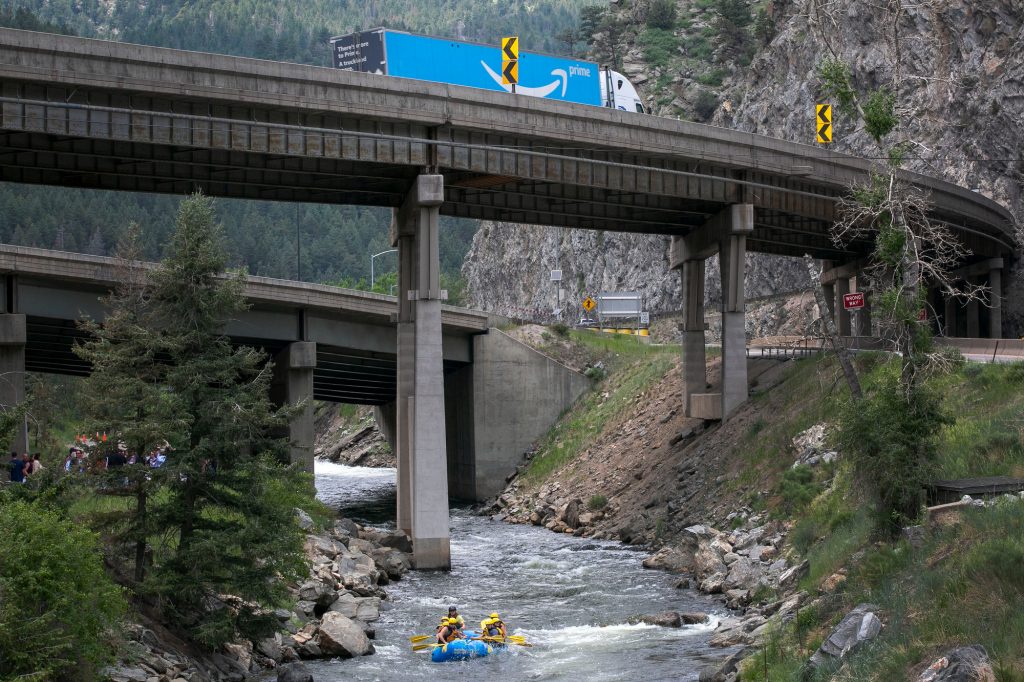
Getting local projects across the finish line
Where all the talk of infrastructure funding becomes a reality is in local communities, like Alamosa.
The town received a $4.7 million dollar grant from the infrastructure law to build a 320-foot pedestrian bridge connecting neighborhoods to the trail system along the Rio Grande River.
“It's taken over two decades for us to get to this point,” said Mayor Ty Coleman, “of actually making the dream of having this pedestrian bridge and the connectivity a reality in our San Luis Valley community.”
Part of what made this funding a game changer for the town is that the project is 100 percent covered by the law, and did not require any local matching funds.
Sure, it may not be filling potholes, as some are waiting for, but Coleman said it’s going to support a community value: increased access to trails and parks.
But it’s also an example of the main disconnect with infrastructure funding: people won’t see the impact right away. The money was announced, but groundbreaking isn’t expected to happen until 2026.
But once it’s built, Coleman said, “They'll see these federal dollars every time they wake up and walk around our community [unlike] some of the internal infrastructure things you never see. You never see where those monies and dollars are going. But this is something that's visual, which is a constant positive reminder for people in our community.”
He feels Alamosa got lucky in a way. He said his team at the city was proactive about going after the infrastructure dollars and got encouragement from Sen. Michael Bennet and his office.
Not all rural communities have the staff to both do their day jobs and fill out grant applications.
That brings us to another question asked by a listener: how will that money be distributed across the state. And how much will the Western Slope get? So far, more than $79 million has been allocated for Western Slope communities for all different types of infrastructure.
Glenwood Springs Mayor Jonathan Godes said as soon as his community heard about the infrastructure law they decided to go for it. He’s glad that congress made this trillion-dollar-plus investment “to help these projects that are so desperate to our communities, that we've been working on for so many decades to try to accomplish. I hope that it pushes a lot of these projects… over the finish line.”
And like Coleman, Godes hopes that the distribution of dollars will end up being “equitable to rural and urban Colorado.”
Glenwood Springs missed out on one infrastructure grant last year. Godes said the second time they thought regionally, teamed with other towns, and aimed for a project that aligns with the Biden administration’s goals. The end result was more than $24 million for the Westward Three project to expand Bustang service between Glenwood Springs and Grand Junction.
Godes is particularly excited because infrastructure investment is something Congress had put off for decades, despite past administrations’ attempts.
He added it’s not necessarily about dreaming big, or building new shiny things. Much of the money is just needed to catch up and take care of infrastructure investments made in the past.
Godes compares the situation to having a house with a foundation problem.
“It keeps getting a little bit worse, but I just can't ever find that money to do it because it just keeps getting more and more expensive and I don't know what to do and I'm feeling helpless,” he explained.
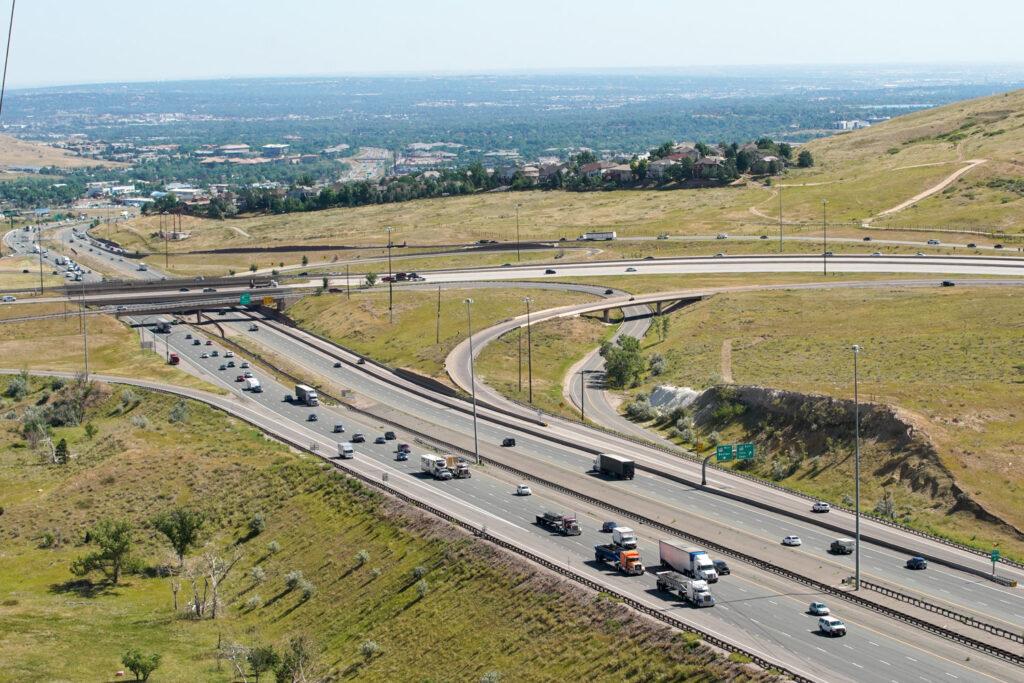
Even bigger dreams ... and potholes, too
But with three more years left of funding, there are plenty of bigger dreams out there, like perhaps working to make Cottonwood pass a year-round alternative to I-70, a project that could cost hundreds of millions of dollars.
Even if the state doesn’t end up going that big, Godes said the law makes possible projects that “could unlock areas that could provide building paths for affordable housing. It could provide for safe drinking water. It could provide watershed restoration so that we have clean drinking water.”
And all those projects are also something politicians will continue to campaign on well into the future, as the congress members that voted for and supported the infrastructure law attend groundbreakings and ribbon cuttings in the years to come.
As for those pesky potholes, yes some of the infrastructure funding may trickle down to help cover them too. But Sen. Hickenlooper, a former Denver mayor who heard a lot about potholes in that job, said the best thing to do isn’t to wait for federal help, but instead, just contact your local government and advocate for getting them fixed.
CPR’s Andrew Kenney contributed to the data visualizations for this story.

